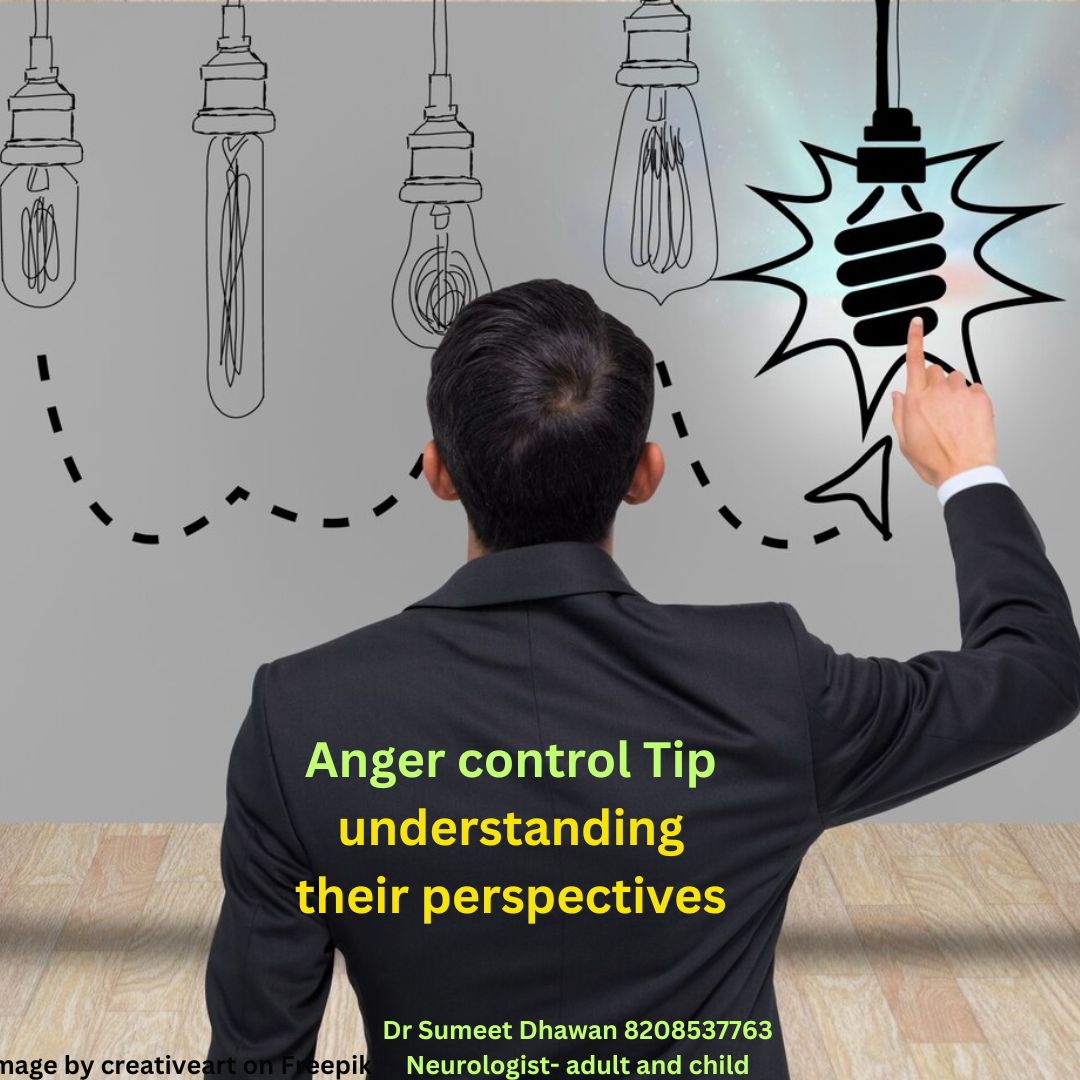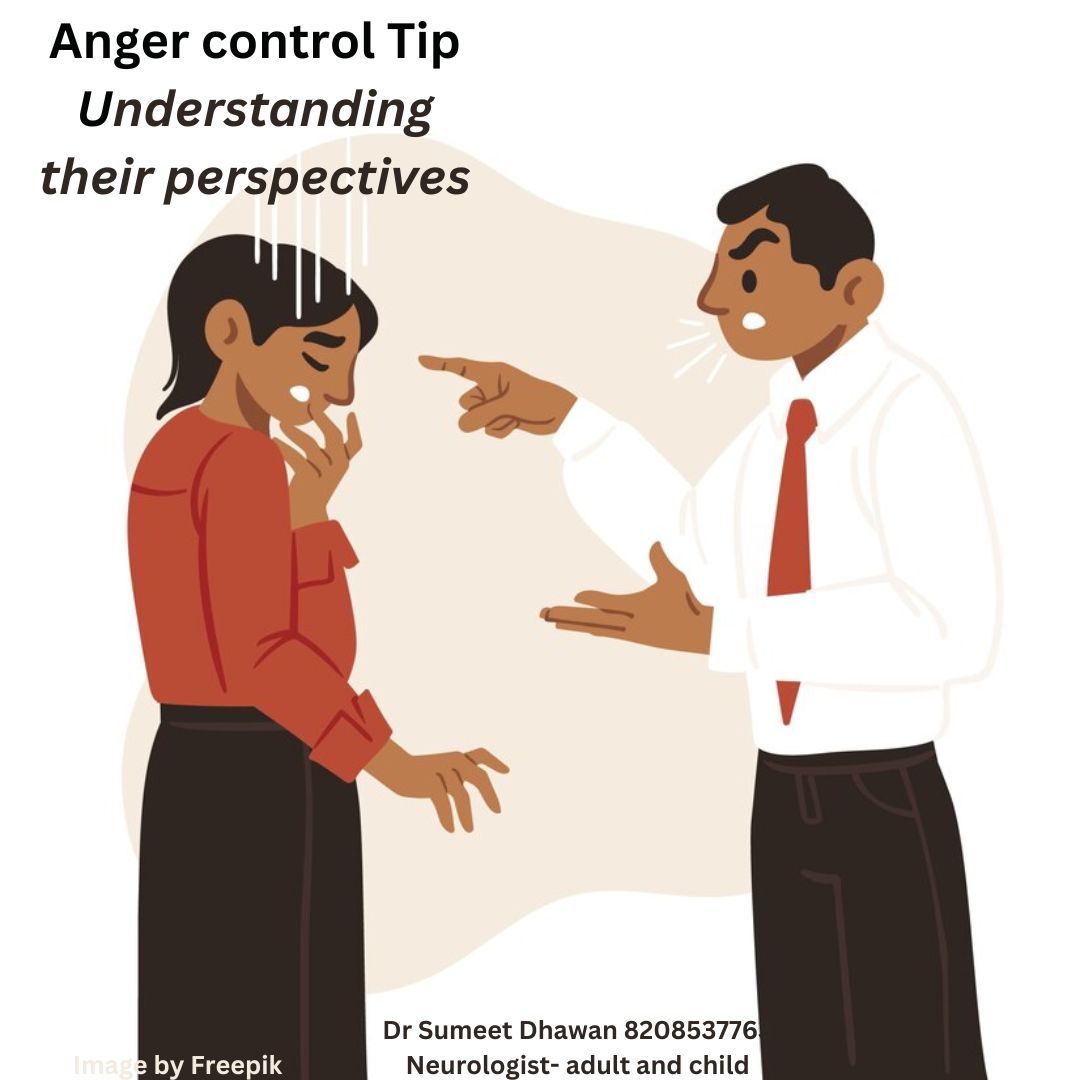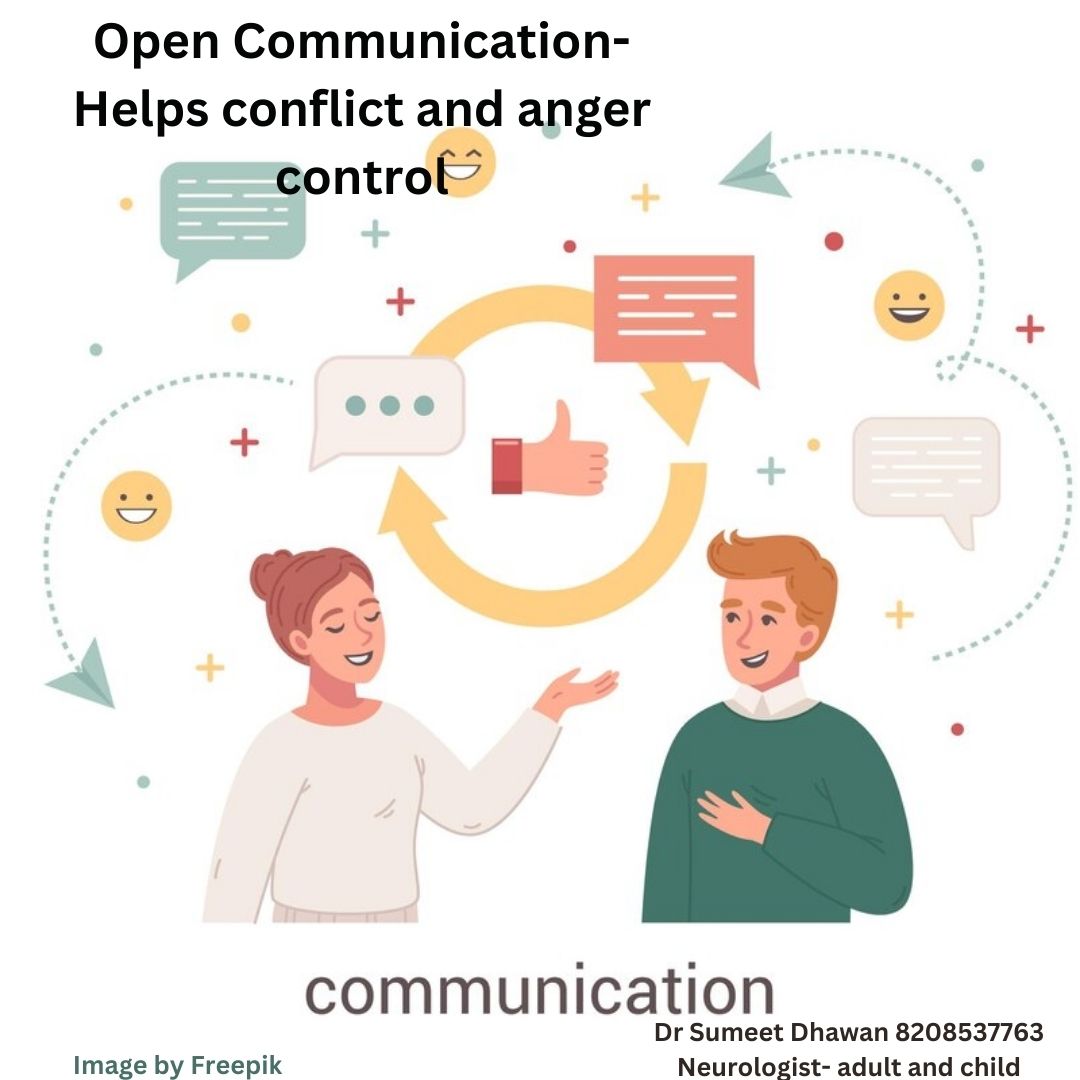Empathy is a powerful tool in the realm of anger management, offering individuals the ability to understand and connect with the feelings of others. By cultivating empathy, individuals can navigate conflicts with greater understanding, diffuse tense situations, and foster healthier relationships. In this blog, we’ll explore various empathy techniques and provide examples to illustrate their application in anger management.
The Role of Empathy in Anger Management:
Building Understanding:
Empathy involves stepping into the shoes of others and understanding their perspectives. In anger management, this understanding is crucial for resolving conflicts and preventing escalation.


Promoting Communication:
An empathetic approach enhances communication by creating an environment where individuals feel heard and valued. This open communication contributes to the resolution of underlying issues that may be fueling anger.

Encouraging Compassion:
Empathy fosters compassion, allowing individuals to acknowledge the emotions of others and respond with kindness. This compassionate response can de-escalate situations and build positive connections.
Empathy Techniques for Anger Management:
Active Listening:
- Technique: Practice active listening by giving your full attention to the speaker, making eye contact, and nodding to show understanding.
- Example: When a friend expresses frustration, actively listen by saying, “I hear you. It sounds like you’re feeling really upset about this situation.”
Reflective Statements:


- Technique: Use reflective statements to convey that you understand the other person’s emotions.
- Example: “It seems like you’re feeling overwhelmed right now. Is that accurate?”
Expressing Understanding:
- Technique: Verbally express that you understand the other person’s perspective.
- Example: “I can see why that would be frustrating for you. I appreciate you sharing your feelings with me.”
Validation:

- Technique: Validate the other person’s emotions by acknowledging their validity.
- Example: “It’s completely understandable that you feel angry about this situation. Your feelings matter.”
Ask Open-Ended Questions:
- Technique: Encourage the other person to share more about their feelings by asking open-ended questions.
- Example: “Can you tell me more about what’s going on? I want to understand how you’re feeling.”

Put Yourself in Their Shoes:
- Technique: Imagine how the other person might be feeling by putting yourself in their shoes.
- Example: “If I were in your position, I can imagine that I would feel frustrated too. Let’s talk about how we can work through this together.”
Use Non-Verbal Cues:

- Technique: Utilize non-verbal cues such as nodding, facial expressions, and body language to convey empathy.
- Example: During a conversation, nodding and maintaining an open posture can convey that you are engaged and empathetic.

Express Empathy Through Actions:
- Technique: Demonstrate empathy through actions, such as offering assistance or support.
- Example: “I understand that you’re going through a tough time. Is there anything I can do to help or support you right now?”


Avoid Judgments:
- Technique: Refrain from passing judgment on the other person’s feelings or reactions.
- Example: “It’s okay to feel the way you do. Everyone experiences emotions differently, and I respect your perspective.”
Show Empathy Even in Disagreement:
- Technique: Express empathy even when you disagree, acknowledging the validity of the other person’s emotions.
- Example: “We may see things differently, but I understand that your feelings are important. Let’s find common ground.”
Conclusion:
Empathy is a potent force in the realm of anger management, promoting understanding, communication, and compassion. By incorporating these empathy techniques into daily interactions, individuals can navigate conflicts with greater sensitivity and contribute to a more harmonious and empathetic social environment. Remember, empathy is a skill that can be cultivated with practice, and the more it is integrated into one’s approach to anger management, the more positive and constructive the outcomes are likely to be.
Additional Reading Links for Anger Management:
Websites and Organizations:
- American Psychological Association: https://www.apa.org/topics/anger
- Anger Management Association of America: https://www.namass.org/
- Mayo Clinic: https://www.mayoclinic.org/healthy-lifestyle/adult-health/in-depth/anger-management/art-20045434
- HelpGuide: https://store.samhsa.gov/sites/default/files/anger_management_manual_508_compliant.pdf
- National Library of Medicine: https://medlineplus.gov/ency/patientinstructions/000858.htm
- National Institute of Mental Health: https://www.psychguides.com/guides/anger-symptoms-causes-and-effects/
- The Gottman Institute: https://www.gottman.com/
Articles and Resources:
-
- “10 Anger Management Tips You Can Use Today” by the Mayo Clinic: https://www.mayoclinic.org/healthy-lifestyle/adult-health/in-depth/anger-management/art-20045434
- “How to Control Your Anger” by the American Psychological Association: https://www.mayoclinic.org/healthy-lifestyle/adult-health/in-depth/anger-management/art-20045434
- “Anger Management Techniques That Actually Work” by HelpGuide: https://www.helpguide.org/articles/relationships-communication/anger-management.htm
- “The 7 Best Anger Management Exercises for Calming Down Fast” by Psych Central: https://psychcentral.com/blog/how-to-control-your-anger
- “10 Things Every Parent Should Know About Anger Management” by Verywell Family: https://www.nhs.uk/mental-health/children-and-young-adults/advice-for-parents/help-your-child-with-anger-issues/
- “Anger Management Apps for Adults and Teens” by Healthline: https://www.healthline.com/mental-health
Books:
- “The Anger and Rage Workbook” by Marsha M. Linehan
- “Feeling Good: The New Mood Therapy” by David D. Burns
- “Mindfulness for Beginners” by Jon Kabat-Zinn
- “The Power of Now” by Eckhart Tolle
- “Anger: Wisdom for Cooling the Flames” by Thich Nhat Hanh
Bonus Resources:
- Anger management podcasts: Listen to podcasts such as “The Calmer You Podcast” and “The One You Feed” for bite-sized anger management tips and guidance.
- Anger management online courses: Enroll in online courses such as “Mindfulness-Based Anger Management” or “The Anger Code” for a more structured learning experience.
- Therapy: Consider seeking professional help from a therapist specializing in anger management for personalized guidance and support.
Remember, anger management is a journey, not a destination. Be patient with yourself, explore different resources, and find what works best for you. You can learn to manage your anger and build healthier relationships in the process.